According to a press release from NATO’s Allied Command Operations (ACO), a new operation titled Baltic Sentry has been launched in the Baltic Sea to deter potential threats to critical undersea infrastructure.
The operation comes in response to damage sustained by undersea cables connecting Estonia and Finland on 25 December 2024. This follows a declaration of solidarity with the two countries on 30 December and the Baltic Sea NATO Allies Summit held in Helsinki.
As quoted in the release, “Baltic Sentry will deliver focused deterrence throughout the Baltic Sea and counter destabilising acts like those observed last month,” said US Army General Christopher G. Cavoli, Supreme Allied Commander Europe. “It is indicative of the Alliance’s ability to rapidly respond to such destabilisation, and shows the strength of our unity in the face of any challenge.”
The press update specifies that Allied Joint Force Command Brunssum (JFCBS) is leading the operation, coordinating multi-domain activities, with Allied Maritime Command (MARCOM) assuming a pivotal role in the maritime domain.
Additionally, the NATO Maritime Centre for Security of Critical Underwater Infrastructure (NMCSCUI) is assisting by supporting decision-making and action coordination to safeguard essential infrastructure.
The news update highlights that although Baltic Sentry is a new initiative, NATO forces already maintain a persistent presence in the Baltic Sea. Routine patrols and joint exercises are supported by advanced maritime surveillance technology, ensuring operational readiness across the region.
Sweden, NATO’s newest member, was acknowledged in the release for its significant maritime contributions and continued commitment to European and transatlantic security. The update underlined Sweden’s role in promoting stability in the Baltic Sea region, bolstered by its strong maritime heritage.
This operation, as noted in the NATO release, demonstrates the Alliance’s determination to adapt swiftly and collectively address evolving security challenges. Baltic Sentry is set to underline NATO’s resilience, unity, and ability to safeguard critical infrastructure through enhanced collaboration among its members.


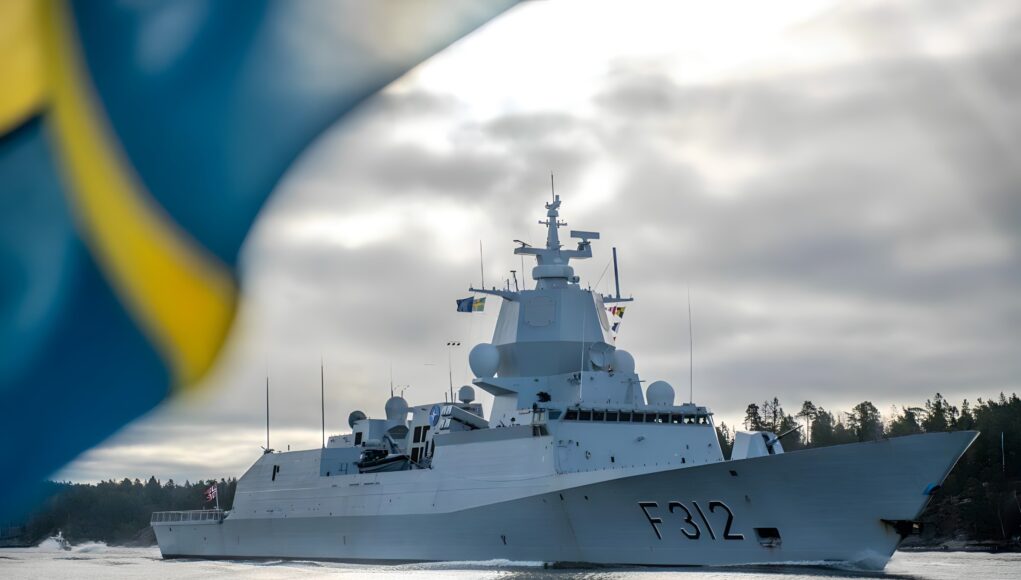
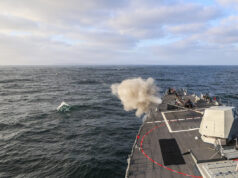
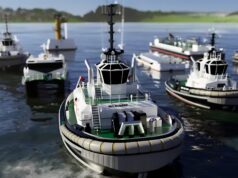
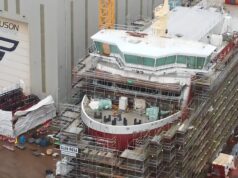
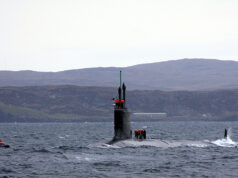
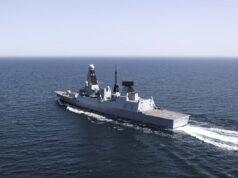
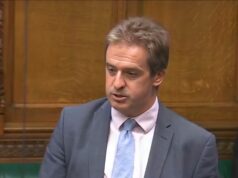
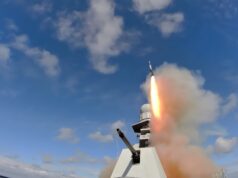
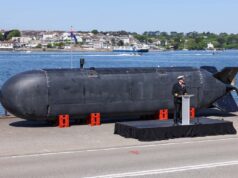
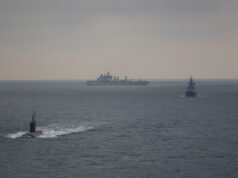
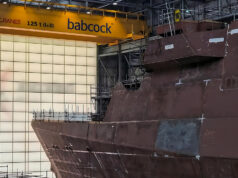

A task a River might actually be useful for?
Keeping an overt eye on things?
Yes; presence = deterrence. The SDR need to decide on what T32 design concept we are going for. Way back, wasn’t the original idea for a mixed frigate fleet for C1 ASW, C2 GP and a 2-3000 ton C3 – a corvette cum OPV cum MCMV. A batch 3 River?
Yes, that’s how I remember it.
THE plan in 2001-2004 was for a high end true GP FSC, ( but focused on ASW) with a build of 20 hulls in service date 2015. it was assumed that there would be 12 T45 AAW destroyers as well for the 32 escorts required. With some really odd ideas including mother ships and 1500ton sub vessels…super fast vessels and a hyper conservative option of just buying an extra 20 T45 hulls configured for ASW..But the RN MOD got itself in knots and could not decide what the hell wanted…and by 2004 realised it was running out of time…it then came up with C1, C2 idea with 10 C1s that would be Type 45 retained the SAMPSON radar but deleted the S1850 search radar, replaced the Sylver VLS with an Mk41 installation for Tactical Tomahawk cruise missiles, a new medium calibre gun, Sonar 2087 and a revised low noise propulsion system. Backed up by 10 global corvettes.
By 2006 they were still in a complete spin…and launched another study, Sustained Surface Combatant Capability. This study finished in 2007/2008 backed up the idea of the high low and also added in the need for mine warface and patrol..it came up with the C1, C2 and C3 dropping the need to 18 frigate type escorts and the type T45 fleet down to 6 ( Labour moving the benchmark down from 32 to 24)
C1; Force Anti-Submarine Warfare Combatant, a large multi-mission combat vessel for ASW and land-attack missions 10
C2; Stabilisation Combatant, a less well-equipped vessel for chokepoint escort and protection of sea lines of communication (SLOC) 8
C3; ocean capable patrol vessel
The 18 C1 and C2 would have the same hull just a different weapon fit, C3 would be a 1-1 replacement for mine warfare and patrol vessels
Main gate on the C1/2 hulls order slipped from 2008 to 2009..and in 2008 final design study contract was awarded and in 2009 BAE were give a contract to design the final C1/2 the design was intial gated in 2010 and was essentially the T26 give or take..at that point we should have had 18 of the C1/2s Developed for final gate and ordered in 2013 and started to be built, infact the contract for this was placed with BAE and at that point we should have seen the first C1/2 by 2021.
Then Cameron happened and the 2010 defence review this merged the C1 and C2 into a single global combat ship and the order was cut to 13..taking the fleet down to 19. Also the design was changed a lot with the MOD trying to reduce size and cost..essentially after 5 years oOr round and round a final design was agreed, but the 2015 defence review cut the numbers to 8 returning to a concept of two different hull type that was get rid of way back in 2007/8 and a smaller hull type of 5. Finally steel was cut in 2016..way too late.
Jonathan, thanks for the work of this comprehensive history of indecision and decline. Looking at the positives ( numbers apart) T26 and T31 look good platforms for the C1 ASW/ Global Combat and C2 stabilisation, choke point, sea lanes. And River 2 is doing a good job of global OPV. I see Belgium and the Netherlands have decided to build their ‘City’ class MCM …80m, 2-3000 tons, mission bay. Meanwhile the RN has decided to experiment with RFA Proteus and Sterling Castle, put mission bays on the new frigates while retaining a few Hunts.
I’m asking myself is this because there is no money for new MCM motherships, or they are not convinced that City Class / Vanguard type designs are what they want or they prefer to muddle along in the hope that the SDR gives them another 3 batch 2 T31s with full width mission bays (rather than Mk41)?
Personally I don’t see why they don’t focus the rivers 2 on MCM..2000 ton platforms with plenty of storage, good cranes…warship level of integrity, 10,000km range and 35 days endurance crew of only 28 but has space as well as space for up to 50 for systems. A great and cost effective platform for autonomous systems… knock out a few more say five more and you have a very nice patrol, autonomous mother ship and MCM fleet of 10 ships that only need a duty crew of 300.
If you give them a good medium gun 40mm or 57mm they would be happy to sit in slightly hotter areas to protect the autonomous systems.
A happy balanced surface RN fleet would be
2 carriers
6 MRSS ( 15,000 ton hulls each focused on delivering a company, with self protection to a light frigate level, CAMM and meduim guns as well as precision strike in NSM as well as a role in supporting Autonomous vessels)
6 high end AAW destroyers (T45)
10 high end ASW Frigates (T26)
10 GP frigates with lower end ASW ( hull sonar) and some reasonable area AAW capability ( essentially closer to the capability of am italian GP FREMM)
10 rivers 2 for carting around the MCM and other autonomous capabilities and doing patrol
RFA
3 solid stores ships for carrier ops
6 fleet tankers are stores ships
4 strategic sea lift vessels ( essentially the point replacements should come to the RFA).
a task that the Gosport ferry could do. especially if echo and enterprise we’re still in service.
It seems that the ‘purps’ involved in the ‘tampering around’ with NATO members cables have been identified. I take it that there will be some ‘counter meddling’ with their deep sea stuff/kit/pipelines/cables?